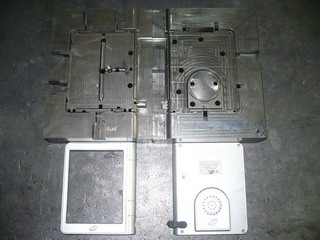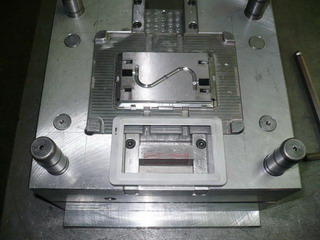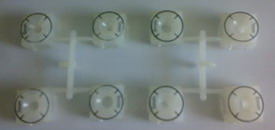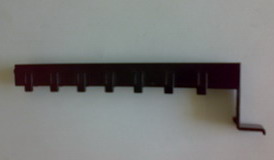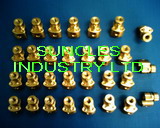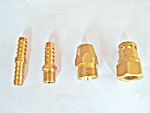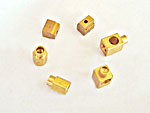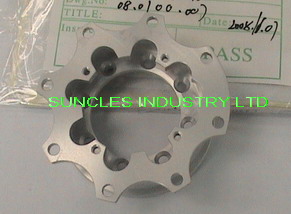|
Steels are usually defined as alloys of iron and carbon, containing not more than 2% carbon, with or without other alloying elements. With more than 2% carbon, the material comes into the category of ‘cast iron’.
Carbon steels
Steels containing only carbon as the specific alloying element are know as carbon steels. These steels can also contain up to 1.2% manganese and 0.4% silicon. Residual elements such as nickel, chromium, aluminium, molybdenum and copper, which are unavoidably retained from raw materials, may be present in small quantities, in addition to ‘impurities’ such as phosphorous and sulphur.
Mild Steel, Normal Strength or Ordinary Weldable Steel
These trade terms are often used interchangeably to describe standard carbon steels used for structural purposes, a typical example being AS3679 grade 250 or grade 300.
The term ‘mild steel’ is also applied commercially to carbon steels not covered by standard specifications. Carbon content of this steel may vary from quite low levels up to approximately 0.3%. Generally, commercial ‘mild steer’ can be expected to be readily weldable and have reasonable cold bending properties but to specify ‘mild steel’ is technically inappropriate and should not be used as a term in engineering.
Carbon-Manganese Steels
The manganese content in carbon steels is often increased for the purpose of increasing depth of hardening and improving strength and toughness. Carbon steels containing over 1.2% up to approximately 1.8% manganese are referred to as carbon-manganese steels. Typical examples of this type of steel are AS3679 grade 300 and AS1442/1320.
Alloy Steels
Alloy or alloyed steels are defined by the ISO specification 4948/1 in the following manner. Alloy steels are those containing any element listed below in a quantity equal to or greater than the quantity for that listed element.
Al 0.10%, B 0.008%, Bi 0.10%, Cr 0.30%, Co 0.10%, Cu 0.40%, Mn 1.65%, Mo 0.06%, Pb 0.40%, Se 0.10%, Si 0.50%, Te 0.10%, Ti 0.05%, W 0.10%, V 0.10%, Zr 0.05%, Lanthanides (each) 0.05%, other specified elements (except C, S, P, N) 0.05%.
Low Alloy Steels
Various attempts have been made to distinguish ‘low’ and ‘high’ alloy steels, but the definitions vary between countries and between standard-setting organisations. As a general indication, low alloy steel can be regarded as alloy steels (by the ISO definition) containing between 1% and less than 5% of elements deliberately added for the purpose of modifying properties.
Micro-Alloyed Steels
A micro-alloyed steel can be defined as a carbon-manganese steel containing deliberately added alloying elements totalling only 0.05 to 0.10%. Alloying elements which are effective in modifying steel properties when present in such small amounts include boron, vanadium and niobium and boron in even lesser amounts (0.005% /0.003%).
Micro-alloyed steels are manufactured in Large tonnages for high pressure pipelines in the petroleum industry and automotive forgings.
A major advantage of these steels is that in the case of forgings, careful control of forge processing temperatures can eliminate subsequent heat treatment. This is a major cost advantage particularly with certain automotive components. Mechanical properties developed by controlled hot working conditions are similar to those developed by conventional hardening and tempering treatments for components where strength and toughness are required.
|
